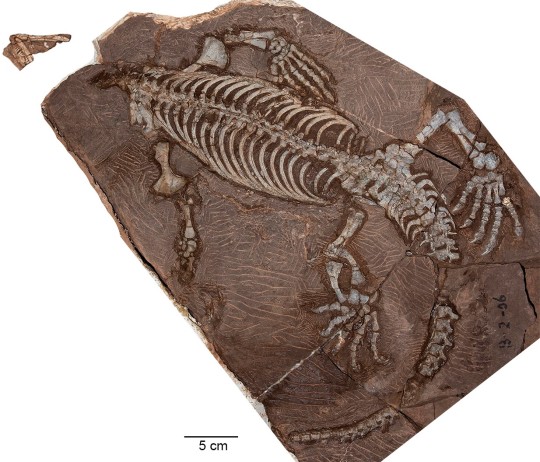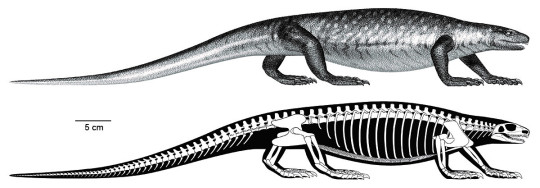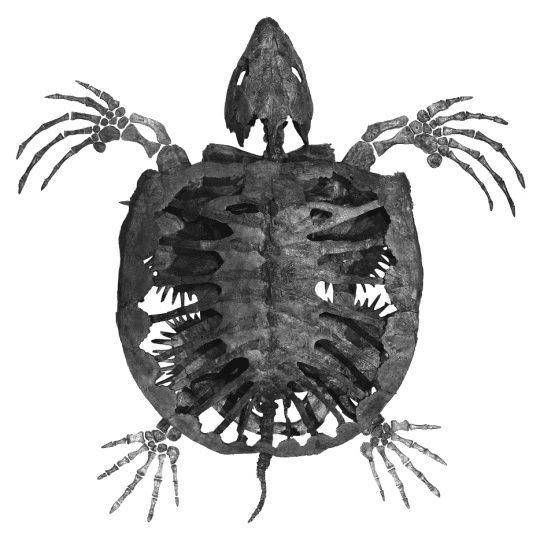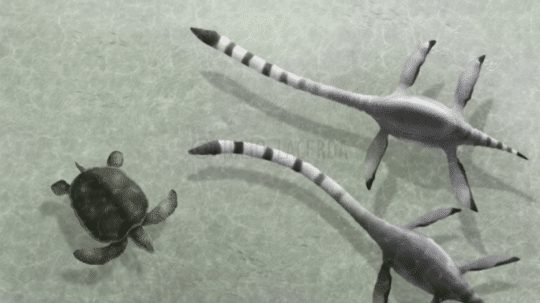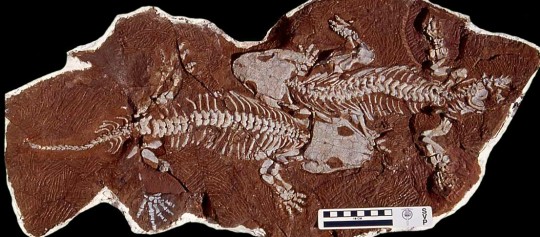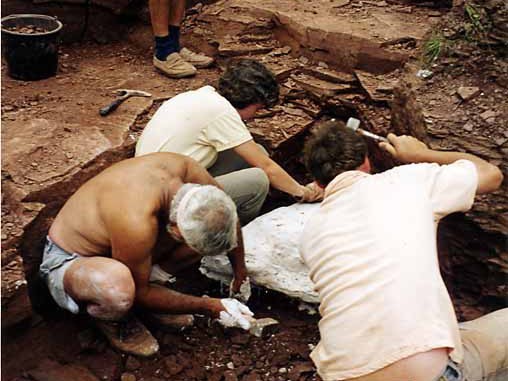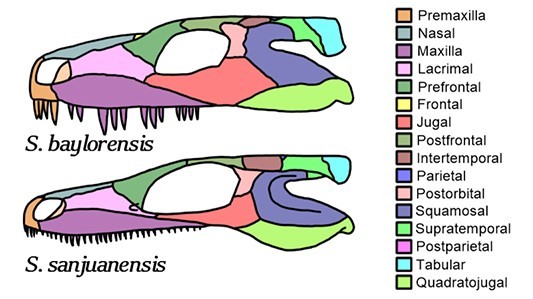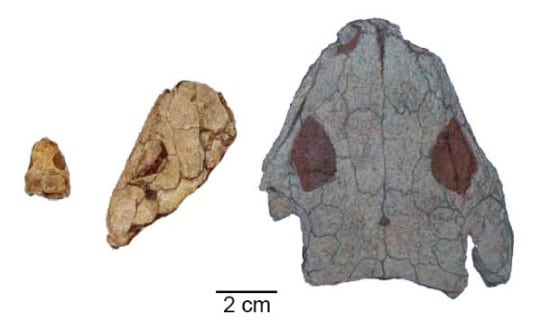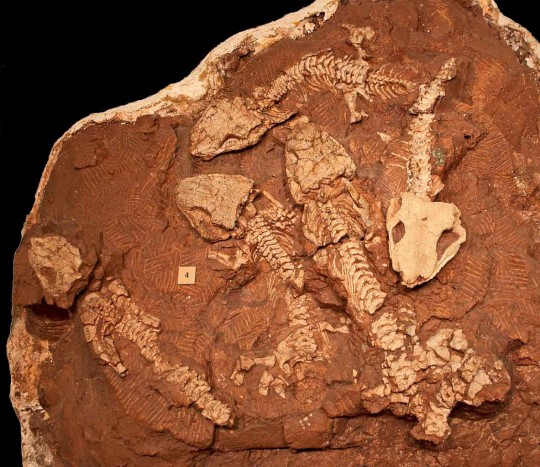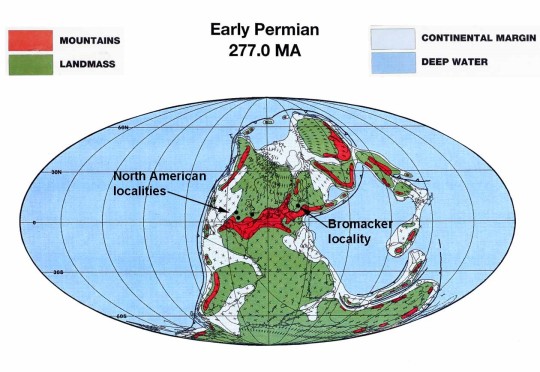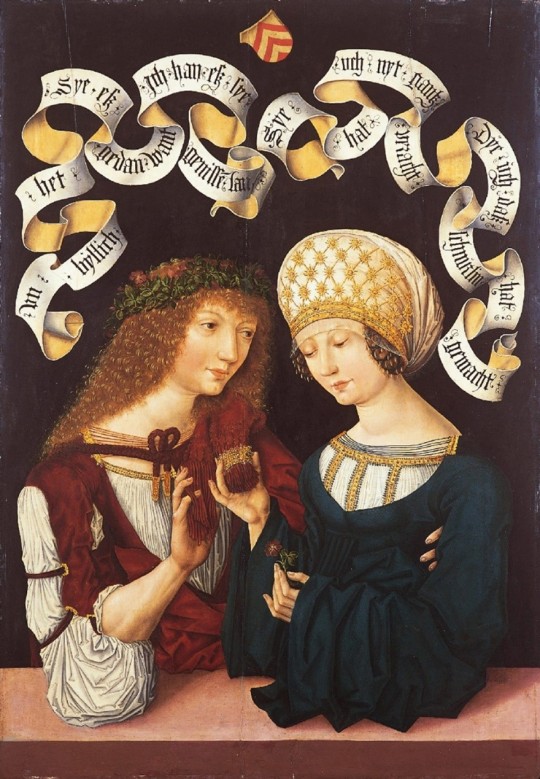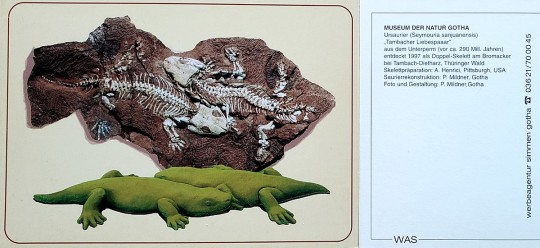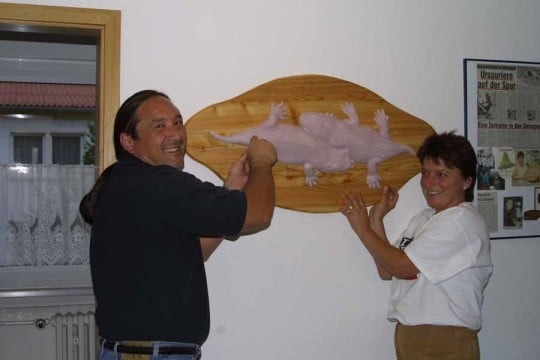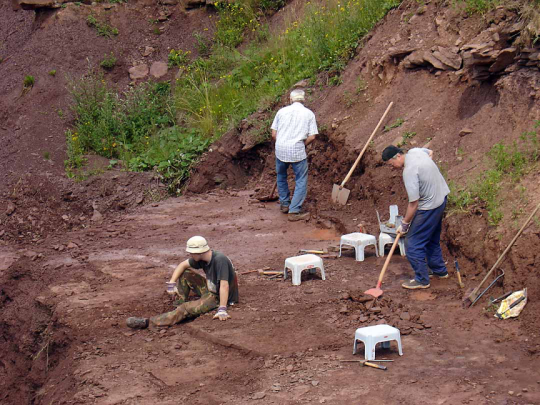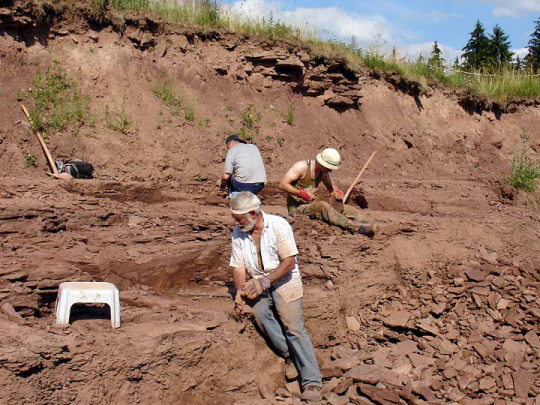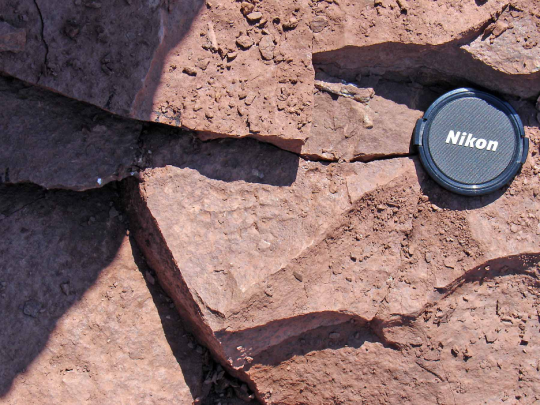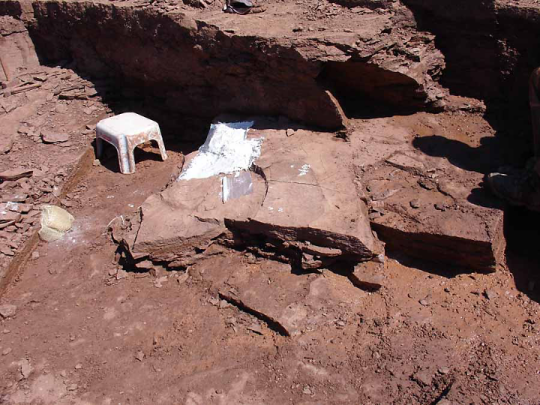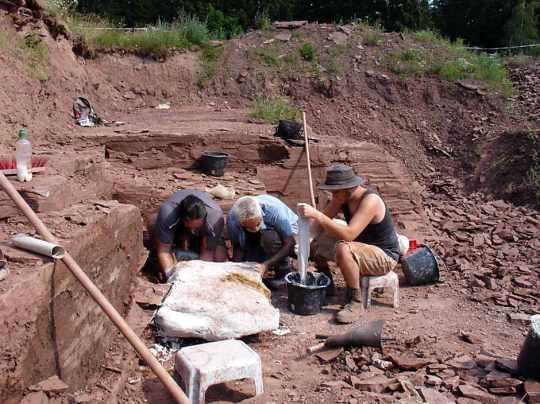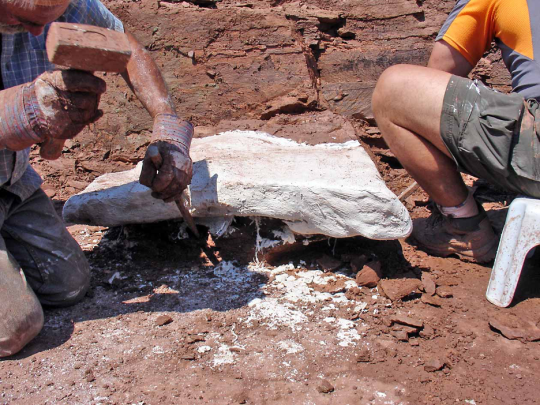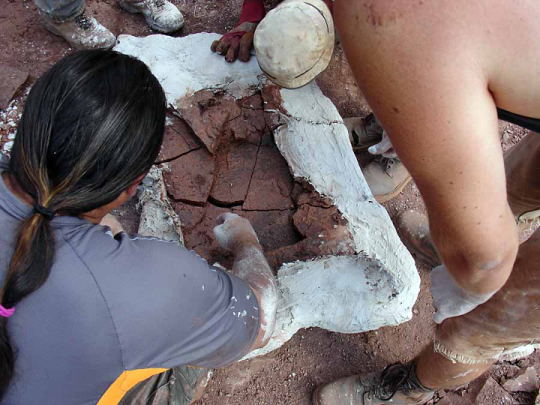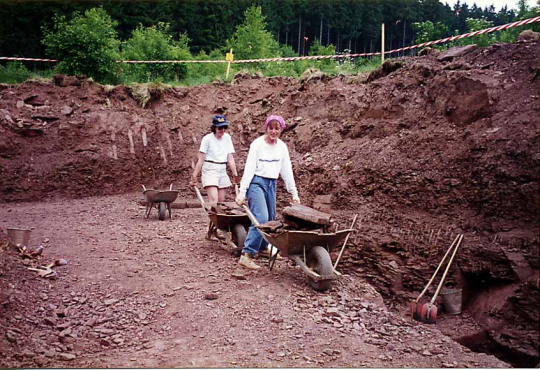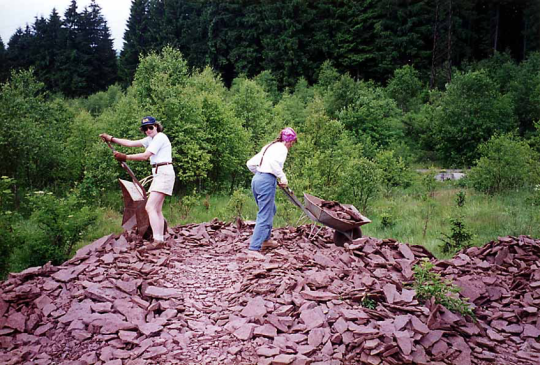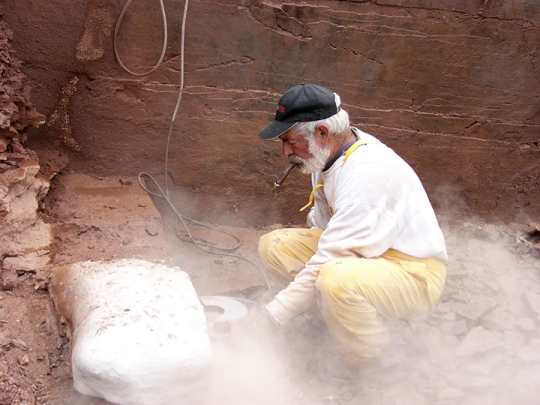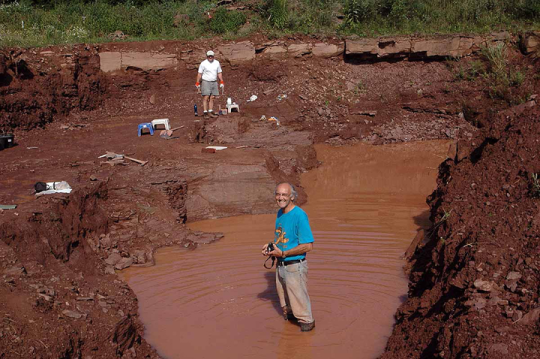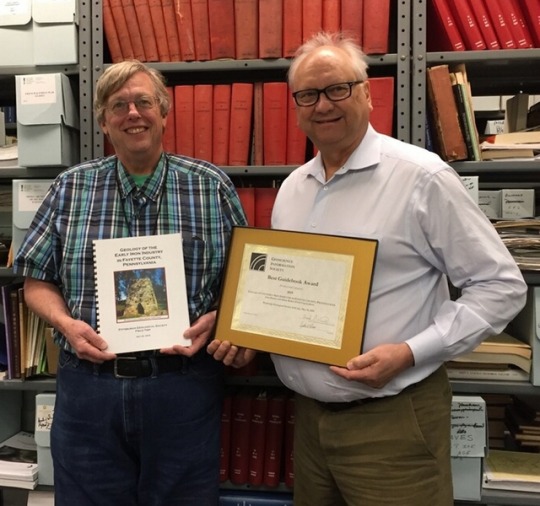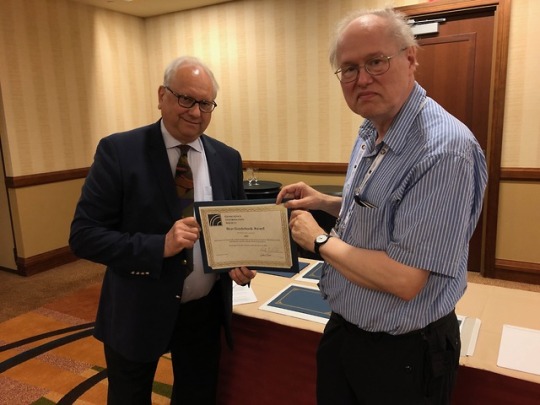by Joann Wilson and Albert Kollar
“His [Frederick Stearns] love for that which was beautiful and useful, led him to collect a vast amount of material covering so many fields of human effort…”
Detroit Free Press, January 15, 1907
Fossils pass through many hands. Some hands hold discoveries, some buy and sell, others study and organize. Behind every fossil is a story and hopefully, for those in museum collections, a specimen label. With luck, the geology and paleontology of the label script is accurate. Beginning with the creation of the first color geological map by William Smith in 1815 and the subsequent organizing of the Geologic Time Scale in 1823, paleontologists worked to validate stratigraphy by collecting and describing new species from exposed strata in Europe and North America. It was not until the publication of Charles Darwin’s The Origin of Species in 1859 that paleontological work shifted to include studying evolution as documented by fossil evidence.
Today we understand that many hands aided fossil discovery, often in anonymity. Thanks to technology and through a focus shift to the individuals behind the specimens, we can now provide a fuller picture of the past that acknowledges the roles of collectors, dealers, indigenous cultures, women, quarry workers, and all who aided in the pursuit of fossils.
In the basement of Carnegie Museum of Natural History, behind a set of gray steel doors in the Section of Invertebrate Paleontology, is an astonishing assembly of archival documents from the Bayet Collection. Andrew Carnegie made front page news in 1903 by purchasing an estimated 130,000 fossils from Ernest Bayet of Brussels. Along with the fossils, the museum also received hundreds of documents written primarily in French, German, and Italian. Most of it has remained untranslated, until now.
Thanks to volunteer Lucien Schoenmakers of the Netherlands, details of fossil trades and purchases from over 100 years ago provide links to narratives that have yet to be told. Join us as we start the journey. Our series, which began with an examination of correspondence between fossil collector Frederick Stearns and his client, Bayet, continues here with a deeper profile of Stearns.
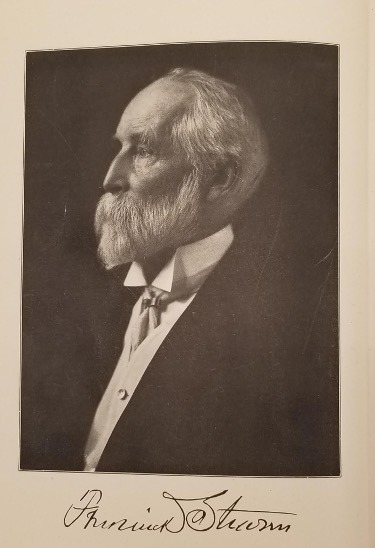
Frederick Stearns of Detroit was a man not born into wealth, but with a passion for education, art, and science. His early life revolved around diligence, not fossils. Born in Lockport, New York in 1831, Stearns quit school at age 14 to find a job. Within a year, he found work as an apprentice to a pharmacist in Buffalo, New York. Of his early life, he later said, “one of my earliest memories is looking into the windows Dr. Merchant’s Gargling Oil Drug store and wondering at the mystery of the white squares of magnesia and the round balls of chalk.” Eventually, Stearns moved to another pharmacy, and became partner, but he was not convinced that Buffalo, New York was his ticket to success.
On a frosty New Year’s Day in 1855, Stearns, newly married and just 24 years of age, crossed the frozen Detroit River by foot to start anew. Of that period, he later said, “little money, fair credit, high hope.” He opened a retail pharmacy in Detroit. To reach customers, he made short trips to the surrounding area, leaving samples of his products. Over time, his business expanded to the manufacture of pharmaceuticals. In 1877, he made history by installing the first telegraph line in the city of Detroit. But despite the success, Stearns dreamed of the education lost to him when he left school at the age of 14. In 1887 at age 56, he turned the business over to his sons and he began to travel the world. Over the next twenty years, he collected many items, including fossils.
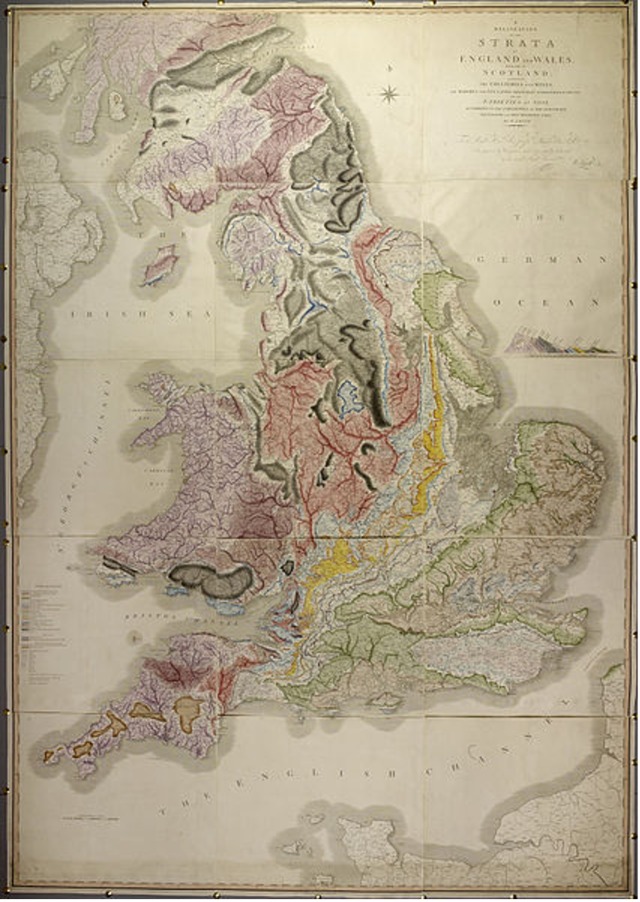
Stearns pursuits led him to Africa, Europe, and Asia. In the late 1800’s, a voyage to Japan required weeks of travel as compared to a current 14-hour flight from New York to Tokyo. In the early 1890’s, Stearns travelled to Japan twice for the purpose of studying mollusks and other marine life. In a book published in 1895 titled, “Catalog of the Marine Mollusks of Japan,” Stearns credits Japanese fisherman Morita Seto for assisting in the collection of over “1000 forms of marine life.”
But Stearns interest did not stop with mollusks. He also collected fossils, art, and musical instruments. His collection of musical instruments at the Stearns Collection of Musical Instruments at the University of Michigan, in Ann Arbor Michigan, is considered one of the finest in the world.
For a short time, Stearns also collected fossils. Between 1888-1889, he wrote two letters to Ernest Bayet about a trade deal. Stearns first letter offers a clue as to how they met. Both men appear to have known fossil dealer Lucien Stilwell of Deadwood, South Dakota. The trade between Stearns and Bayet did not go smoothly, but it does have a happy ending.
Stearns was a student of the world until the very end. In 1907, just days before he was scheduled to sail for Egypt, he became ill and died. At his passing, the Detroit Free Press wrote, “A remarkable phase of Mr. Stearns’s activities as a collector was their diversity… and all of this for the simple love of learning things that he might tell them to others without price.”
Many thanks to the generous contributions of Carol Stepanchuk, Outreach and Academic Projects at the U-M Stearns Collection of Musical Instruments Lieberthal-Rogers Center for Chinese Studies and Joseph Gascho, Associate Professor at the University of Michigan School of Music and Director of the Stearns Collection of Musical Instruments. Many thanks to volunteer Lucien Schoenmakers’ ongoing effort to translate archival Bayet documents written in French and German.
Joann Wilson is an Interpreter in the Education Department at Carnegie Museum of Natural History and Albert Kollar is Collections Manager for the Section of Invertebrate Paleontology. Museum employees are encouraged to blog about their unique experiences and knowledge gained from working at the museum.
Related Content
Stearns and Bayet Part 1: The Dispute
Understanding Fossil Fuels Through Carnegie Museums Exhibits
Carnegie Museum of Natural History Blog Citation Information
Blog author: Wilson, Joann; Kollar, AlbertPublication date: June 9, 2021


